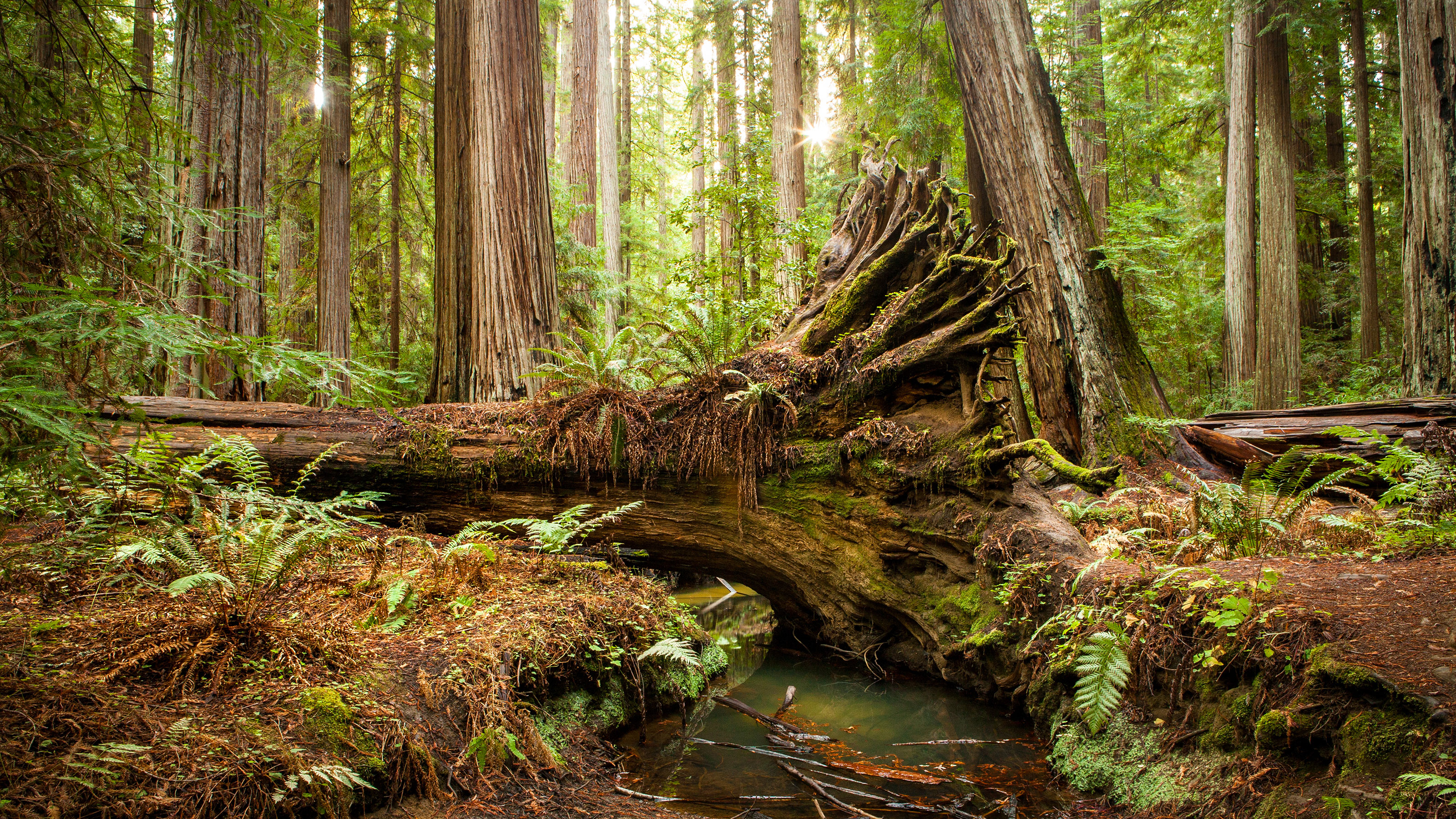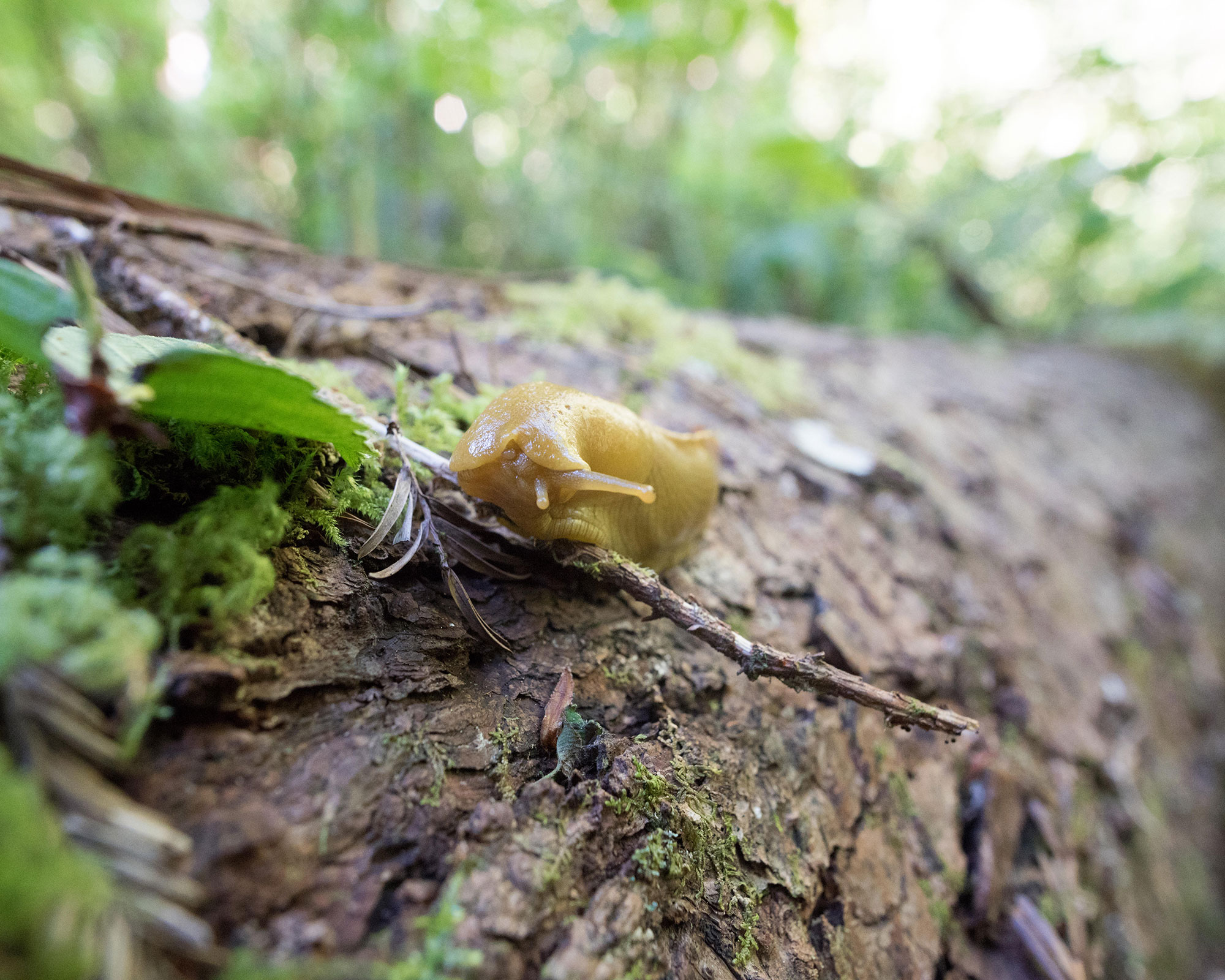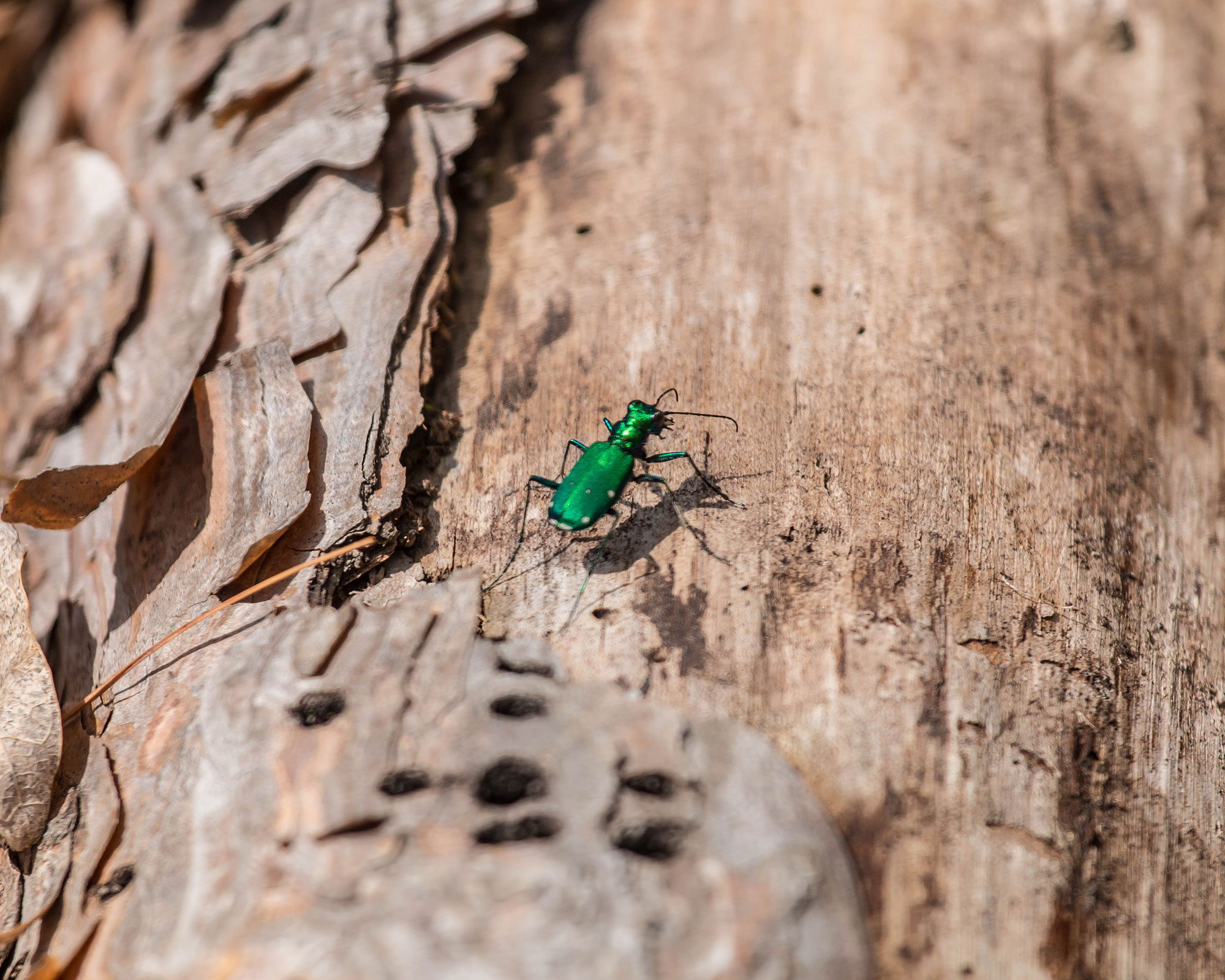Scientists issue stark warning about the threat to US native trees
Scientists warn that mighty redwoods and pine trees could disappear for ever due to climate change, disease and invasive insects


As many as one in six tree species face extinction, scientists are warning in an explosive new report which documents for the very first time the threats facing all 881 native tree species across 48 US states, not including Alaska and Hawaii.
With drought and unprecedented high temperatures, climate change is damaging enough, says the lead author of the report, Murphy Westwood, vice president for science and conservation at the Morton Arboretum in Illinois.
But her work has found that changing weather patterns are also responsible for hordes of invasive insects, such as the bright yellow banana slug, a threat to redwoods, and a surge in deadly diseases.
Some diseases her team discovered, such as ‘laurel wilt’, which attacks all three native members of the genus persea and is putting the small, fragrant evergreen trees in peril, have rarely been seen until now.

What native trees are most at risk in the US?
Murphy warns that at least 100 precious species of trees, including the mighty coast redwoods, American chestnuts, the black ash and the whitebark pine, could disappear.
'It’s easy to feel that gloom and doom because … the scope of the crisis is really, really great right now,' says Murphy. 'We’re losing species before they even get described.'
The report, Data sharing for conservation: A standardized checklist of US native tree species and threat assessments to prioritize and coordinate action, lists the main trees at risk and the factors that are threatening their survival.

What can you do to help save native trees?
'We have a narrow and rapidly closing window to take action,' says Murphy. 'But there are things we can all do as individuals. Plant native species in our gardens. Volunteer in local woodlands. Avoid transporting firewood or other material that might carry dangerous pests.'
The first step is to identify threatened native trees in your neighborhood, says Kate Russell, garden author and blogger at The Daily Garden. 'The Department of Agriculture, local Master Gardeners, and your state's Native Plants Society can help you identify which trees need the most help and which are best suited to your microclimate.'
It's a good idea too to keep a close eye on any backyard trees and front yard trees you have, as well as those growing near your land.

'One of the most helpful things you can do at home is to watch for signs of disease,' says Simon Barker, co-editor and founder at garden advice website Grow Your Yard. 'If you see any signs of disease on your trees, such as black spots on the leaves or bark that's falling off, contact a certified arborist or tree doctor immediately.'
The increasing risks to these native trees shows yet again just how climate change is impacting the way we garden, and why we all have a part to play in reducing its impact.

Jayne Dowle is an award-winning gardening, homes and property writer who writes for publications including Sunday Times Home, Times Bricks & Mortar, Grand Designs, House Beautiful and The Spectator. She was awarded the Garden Journalist of the Year accolade at the Property Press Awards in 2021.
